Home>Maintenance & Safety>Child & Elderly Safety at Home>How To Read A Baby Monitor In The Hospital
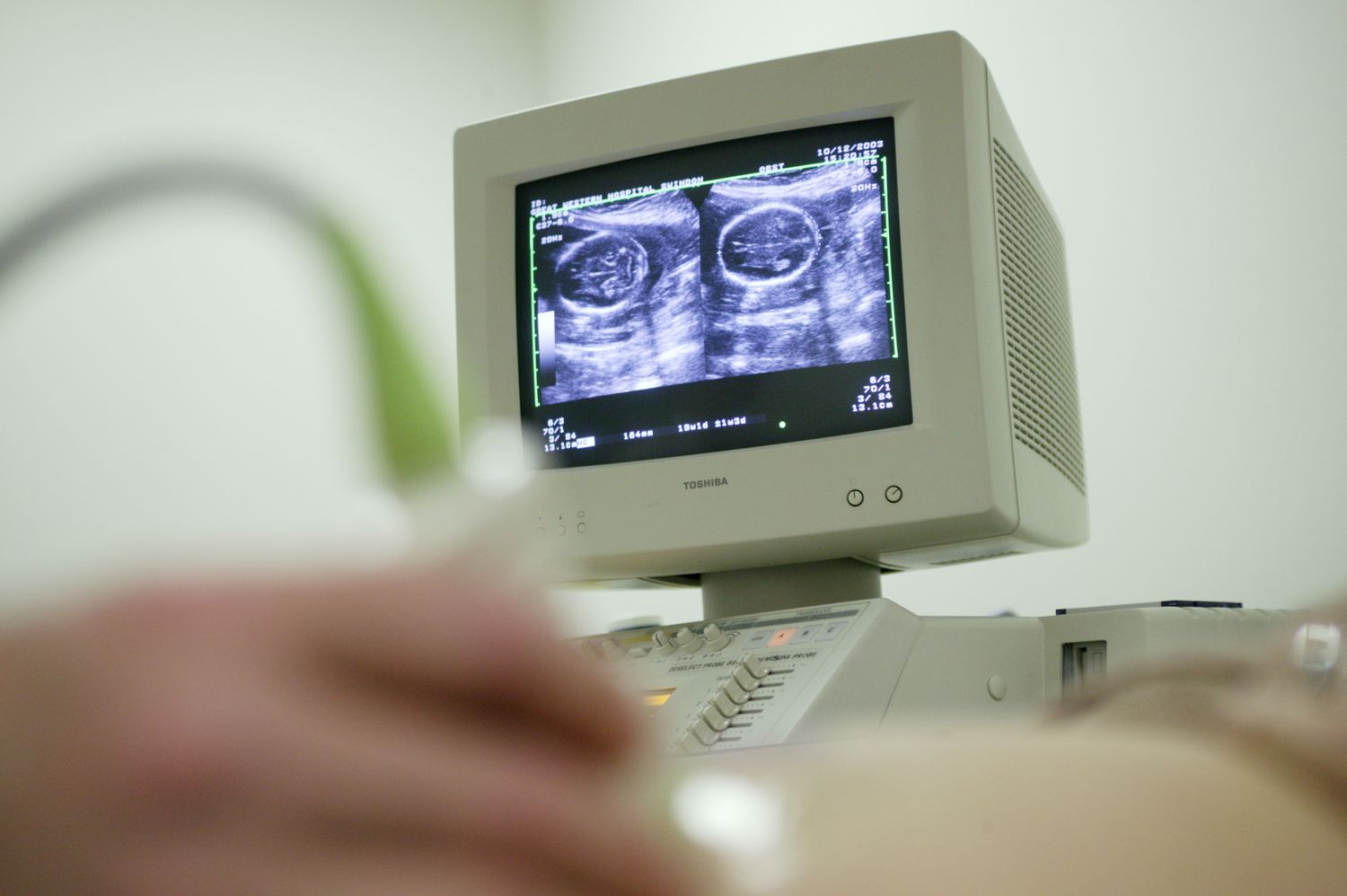

Child & Elderly Safety at Home
How To Read A Baby Monitor In The Hospital
Modified: January 14, 2024
Learn how to effectively read a baby monitor in the hospital for child and elderly safety at home. Understand the essential steps to ensure the well-being of your loved ones.
(Many of the links in this article redirect to a specific reviewed product. Your purchase of these products through affiliate links helps to generate commission for Storables.com, at no extra cost. Learn more)
Introduction
Read more: Where To Mount A Baby Monitor
Understanding the Importance of Baby Monitors in the Hospital Setting
When a baby is admitted to the hospital, whether for a short stay or an extended period, it is natural for parents and caregivers to feel anxious and concerned about the infant's well-being. This is where baby monitors play a crucial role in providing reassurance and maintaining constant vigilance over the baby's condition. Understanding how to read a baby monitor in the hospital is essential for parents, family members, and healthcare professionals to ensure that the infant's vital signs are stable and any changes are promptly addressed.
In a hospital setting, baby monitors are equipped with advanced technology designed to monitor and display vital signs, such as heart rate, oxygen saturation, and respiratory rate, allowing healthcare providers to closely observe the infant's condition. Moreover, these monitors emit audible alarms to alert caregivers of any irregularities, ensuring that immediate action can be taken to address any potential issues.
This article aims to provide a comprehensive guide on how to interpret and respond to the information displayed on a baby monitor in a hospital setting. By understanding the various elements of the monitor and learning to differentiate between normal readings and potential concerns, parents and caregivers can feel more empowered and informed during their baby's hospital stay. Let's delve into the intricacies of reading a baby monitor, from understanding the display to interpreting the sounds and monitoring vital signs, as well as troubleshooting common issues that may arise. By the end of this guide, readers will be equipped with the knowledge and confidence to navigate the complexities of baby monitors in the hospital, fostering a sense of security and understanding during a challenging time.
Key Takeaways:
- Baby monitors in hospitals help caregivers track a baby’s heart rate, oxygen levels, and breathing. Understanding the monitor’s display and sounds empowers caregivers to respond to potential issues promptly, ensuring the baby’s well-being.
- Caregivers play a crucial role in monitoring a baby’s vital signs using hospital baby monitors. By learning to interpret the monitor’s data and troubleshoot common issues, caregivers can actively participate in the baby’s care journey.
Understanding the Display
When observing a baby monitor in a hospital setting, the display serves as a vital source of information, offering insights into the infant’s physiological state. The display typically features several key metrics that provide valuable data on the baby’s well-being. Understanding these elements is essential for parents and caregivers to comprehend the infant’s condition at a glance.
1. Heart Rate: The heart rate reading on the monitor indicates the number of times the baby’s heart beats per minute. A normal heart rate for a newborn typically ranges between 100 and 160 beats per minute. Any significant deviation from this range may warrant further attention from healthcare providers.
2. Oxygen Saturation: Oxygen saturation levels reflect the amount of oxygen present in the baby’s blood. This measurement is crucial, as adequate oxygen saturation is vital for the infant’s overall health. Normal oxygen saturation levels typically fall within the range of 95% to 100%. Deviations from this range may indicate potential respiratory issues that require assessment and intervention.
3. Respiratory Rate: The respiratory rate reading displays the number of breaths the baby takes per minute. For newborns, a normal respiratory rate ranges from 30 to 60 breaths per minute. Monitoring the respiratory rate is essential, as irregularities may signify respiratory distress or other respiratory complications.
4. Temperature: Some advanced baby monitors also feature temperature monitoring capabilities, providing real-time updates on the infant’s body temperature. Maintaining a stable body temperature is crucial for newborns, and any fluctuations outside the normal range may indicate potential health concerns.
Upon familiarizing oneself with the display’s key metrics, it becomes easier to track the infant’s vital signs and identify any fluctuations that may require attention. By regularly checking the monitor’s display, parents and caregivers can stay informed about the baby’s physiological parameters, enabling them to promptly communicate any notable changes to the healthcare team.
Interpreting the Sounds
Aside from the visual display, baby monitors in hospital settings also emit various sounds and alarms to alert caregivers of potential issues or changes in the infant’s condition. Understanding these auditory cues is crucial for promptly addressing any concerns and ensuring the baby’s well-being. Here are some common sounds and their interpretations:
1. Alarm for Low Oxygen Saturation: If the baby’s oxygen saturation levels drop below the normal range, the monitor may emit a distinct alarm to alert caregivers. This could indicate potential respiratory distress or inadequate oxygenation, prompting the need for immediate assessment and intervention by the healthcare team.
2. Bradycardia Alarm: A bradycardia alarm is triggered when the baby’s heart rate falls below the expected range. This may signify bradycardia, a condition characterized by an abnormally slow heart rate. Prompt evaluation and potential intervention are essential in addressing bradycardia to stabilize the infant’s heart rate and ensure adequate circulation.
3. Tachycardia Alarm: Conversely, a tachycardia alarm indicates that the baby’s heart rate has exceeded the normal range. Tachycardia can be indicative of various underlying issues, and healthcare providers must promptly assess the infant to identify the cause and implement appropriate measures to regulate the heart rate.
4. Apnea Alarm: In some cases, baby monitors are equipped with apnea detection capabilities, which trigger an alarm when the infant experiences a pause in breathing that exceeds a specified duration. Addressing apnea events promptly is crucial to ensure the baby resumes regular breathing and receives necessary support if apnea episodes persist.
By understanding the significance of these alarms and sounds, caregivers can respond effectively to the monitor’s alerts, seeking assistance from healthcare providers when necessary. Additionally, familiarizing oneself with the specific alarm tones and their corresponding meanings can help alleviate anxiety and empower caregivers to take swift and informed action to support the infant’s well-being.
Monitoring Vital Signs
Monitoring a baby’s vital signs in a hospital setting is a critical aspect of ensuring the infant’s well-being and identifying any potential health concerns. Baby monitors play a pivotal role in facilitating continuous vital sign monitoring, allowing caregivers and healthcare professionals to stay vigilant and responsive to the infant’s physiological parameters. Here’s a comprehensive look at the vital signs commonly monitored using baby monitors:
1. Heart Rate: The baby’s heart rate is a key indicator of cardiovascular health and overall well-being. By continuously monitoring the heart rate displayed on the baby monitor, caregivers can promptly identify any irregularities, such as bradycardia or tachycardia, and seek appropriate medical attention to address these concerns.
2. Oxygen Saturation: Oxygen saturation levels reflect the amount of oxygen in the baby’s blood. Consistently monitoring oxygen saturation is crucial, as inadequate oxygen levels can lead to hypoxemia and compromise the infant’s health. By observing the oxygen saturation readings on the monitor, caregivers can promptly address any declines in oxygen levels and collaborate with healthcare providers to optimize the baby’s respiratory status.
3. Respiratory Rate: The respiratory rate indicates the frequency of the baby’s breaths per minute. Monitoring the respiratory rate is essential for detecting any signs of respiratory distress or irregular breathing patterns. By staying attuned to the respiratory rate displayed on the monitor, caregivers can promptly notify the healthcare team of any concerning changes in the infant’s breathing patterns.
4. Temperature: Some advanced baby monitors feature temperature monitoring capabilities, providing real-time updates on the infant’s body temperature. Monitoring the baby’s temperature is crucial, as deviations from the normal range can indicate potential infections or other health issues that require assessment and management.
By actively monitoring these vital signs through the baby monitor’s display, caregivers can maintain a heightened awareness of the infant’s physiological status and collaborate with healthcare providers to address any deviations from normal parameters. This continuous vigilance enables early intervention and supports the baby’s ongoing care and well-being during their hospital stay.
When reading a baby monitor in the hospital, pay attention to the baby’s heart rate, oxygen levels, and any alarms. A consistent heart rate and oxygen levels within the normal range are good signs. If you hear an alarm, notify the nurse right away.
Read more: How To Use A Baby Monitor
Troubleshooting Common Issues
While baby monitors in hospital settings are designed to provide reliable and accurate monitoring, occasional issues may arise that require troubleshooting to ensure seamless functionality. Familiarizing oneself with common problems and their potential solutions can empower caregivers to address these challenges effectively. Here are some common issues and troubleshooting tips:
1. Signal Interference: Signal interference can disrupt the transmission of vital sign data to the monitor, leading to inaccurate or inconsistent readings. To address this issue, caregivers can ensure that the monitor’s sensors are properly positioned and that there are no electronic devices or sources of interference in close proximity to the monitor. Additionally, consulting with the hospital’s technical support team can help identify and resolve signal interference issues.
2. Sensor Displacement: In some instances, the sensors attached to the baby may become displaced, resulting in intermittent signal loss or inaccurate readings. Caregivers can address sensor displacement by carefully repositioning the sensors according to the manufacturer’s guidelines and ensuring that they are securely attached to the baby’s body to maintain consistent monitoring.
3. Power Supply Concerns: Issues related to the monitor’s power supply, such as low battery levels or power interruptions, can impact its functionality. Caregivers should routinely check the monitor’s power source, ensuring that it is adequately charged or connected to a reliable power outlet. Keeping spare batteries or power backups on hand can help mitigate potential power-related issues.
4. Alarming False Positives: Occasionally, baby monitors may trigger false alarms, causing unnecessary anxiety for caregivers. While false alarms can be distressing, caregivers can verify the infant’s condition manually and assess whether the alarm was indeed a false positive. Understanding the monitor’s alarm thresholds and discussing any recurring false alarms with the healthcare team can provide clarity and reassurance.
By proactively addressing these common issues and implementing troubleshooting measures, caregivers can optimize the functionality of the baby monitor, ensuring consistent and accurate vital sign monitoring for the infant. Moreover, seeking guidance from the hospital’s technical support staff can offer additional assistance in resolving any persistent challenges related to the monitor’s performance.
Conclusion
Mastering the art of reading a baby monitor in a hospital setting empowers parents and caregivers to actively participate in monitoring the infant’s well-being and collaborate with healthcare professionals to ensure optimal care. By understanding the intricacies of the monitor’s display, interpreting the significance of alarms and sounds, and vigilantly monitoring vital signs, caregivers can navigate the complexities of infant monitoring with confidence and attentiveness.
Through the visual display, caregivers gain insights into the baby’s heart rate, oxygen saturation, respiratory rate, and, in some cases, temperature, allowing them to track the infant’s physiological parameters and promptly communicate any notable changes to the healthcare team. The auditory cues emitted by the monitor serve as important alerts, prompting caregivers to respond effectively to potential issues such as low oxygen saturation, bradycardia, tachycardia, and apnea, ensuring timely intervention and support for the infant’s well-being.
Continuous monitoring of vital signs, including heart rate, oxygen saturation, respiratory rate, and temperature, enables caregivers to maintain a heightened awareness of the baby’s physiological status, facilitating early intervention and collaborative care with healthcare providers. Moreover, troubleshooting common issues related to the baby monitor ensures consistent and reliable monitoring, mitigating potential disruptions and optimizing the monitor’s functionality.
By embracing the knowledge and skills necessary to read a baby monitor in a hospital setting, caregivers play an integral role in safeguarding the infant’s health and well-being, fostering a sense of security and attentiveness during the hospital stay. This collaborative approach, supported by effective communication with the healthcare team, contributes to a comprehensive and compassionate care environment for the infant and provides peace of mind for caregivers.
Ultimately, the ability to interpret and respond to a baby monitor’s data and alarms empowers caregivers to actively engage in the infant’s care journey, promoting a sense of confidence, understanding, and proactive participation in monitoring the infant’s vital signs and overall well-being. By embracing this knowledge, caregivers contribute to a supportive and informed care environment, ensuring that the infant receives attentive and responsive care throughout their hospital stay.
Frequently Asked Questions about How To Read A Baby Monitor In The Hospital
Was this page helpful?
At Storables.com, we guarantee accurate and reliable information. Our content, validated by Expert Board Contributors, is crafted following stringent Editorial Policies. We're committed to providing you with well-researched, expert-backed insights for all your informational needs.
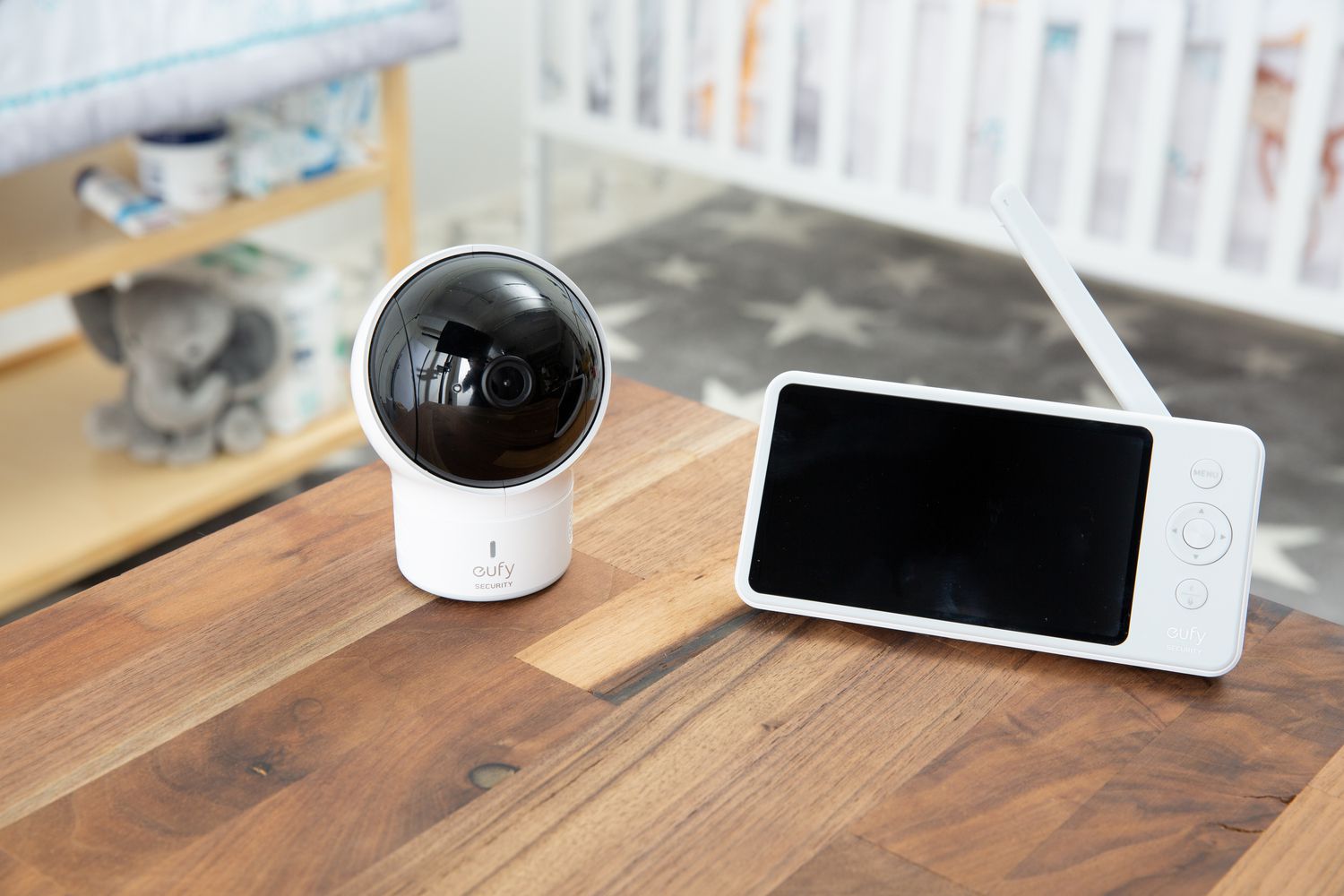
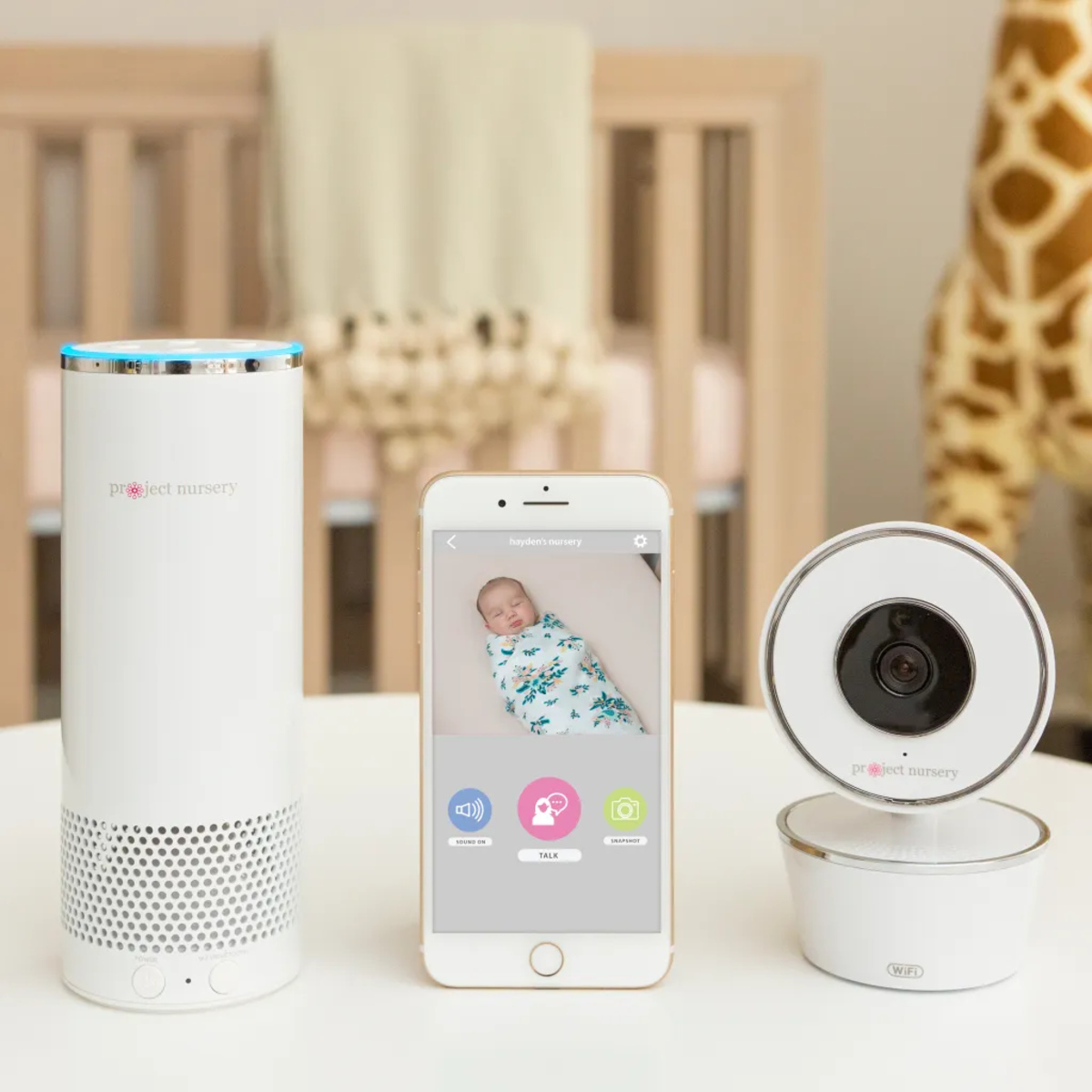
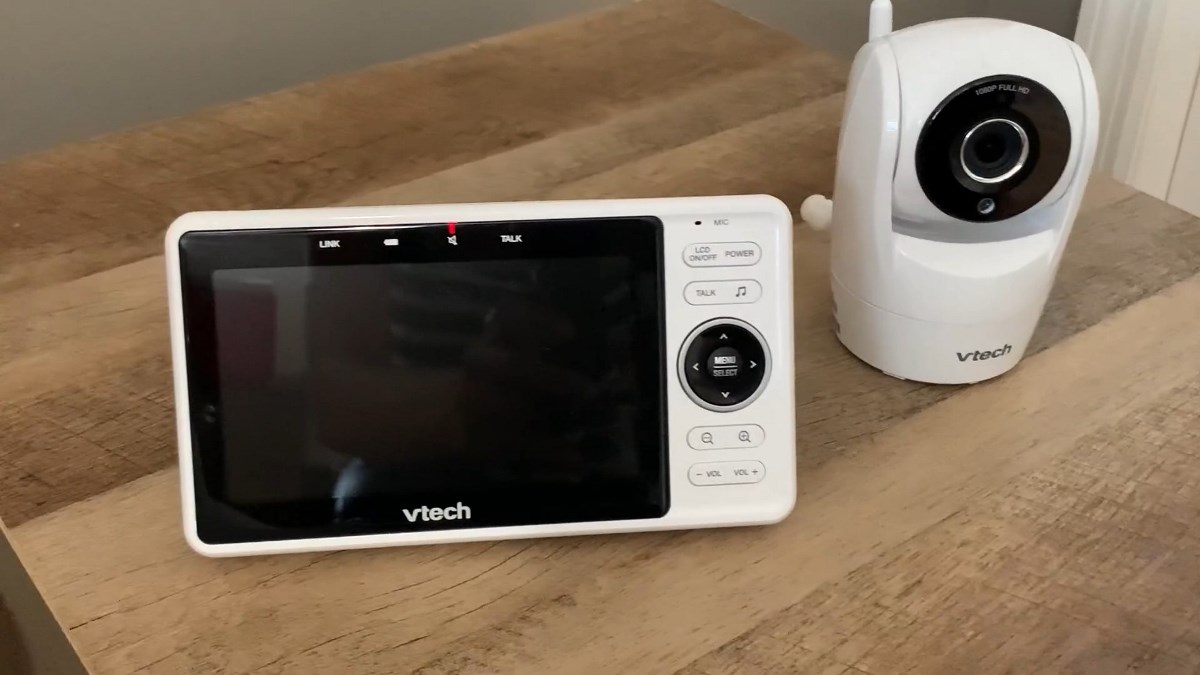
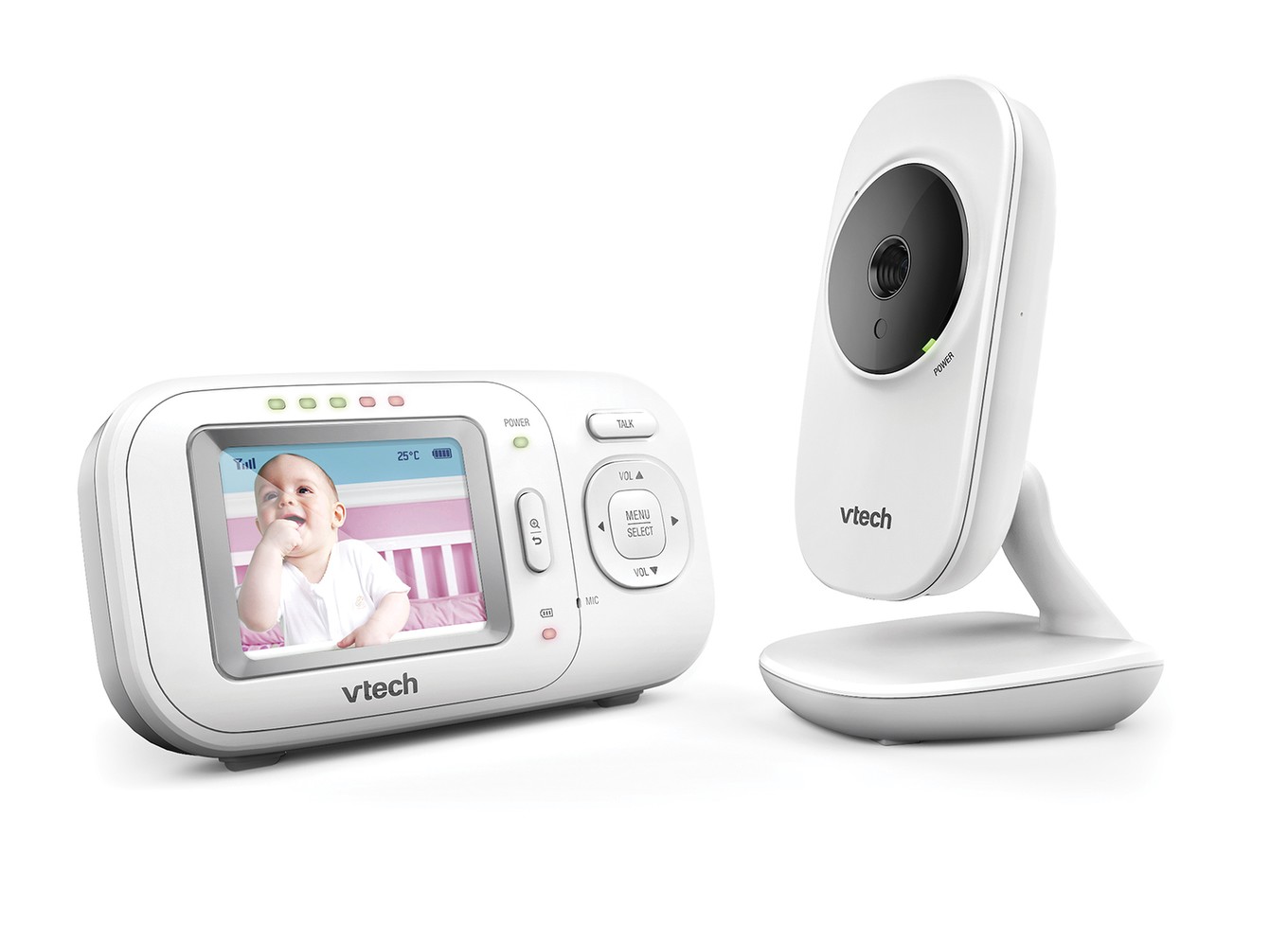
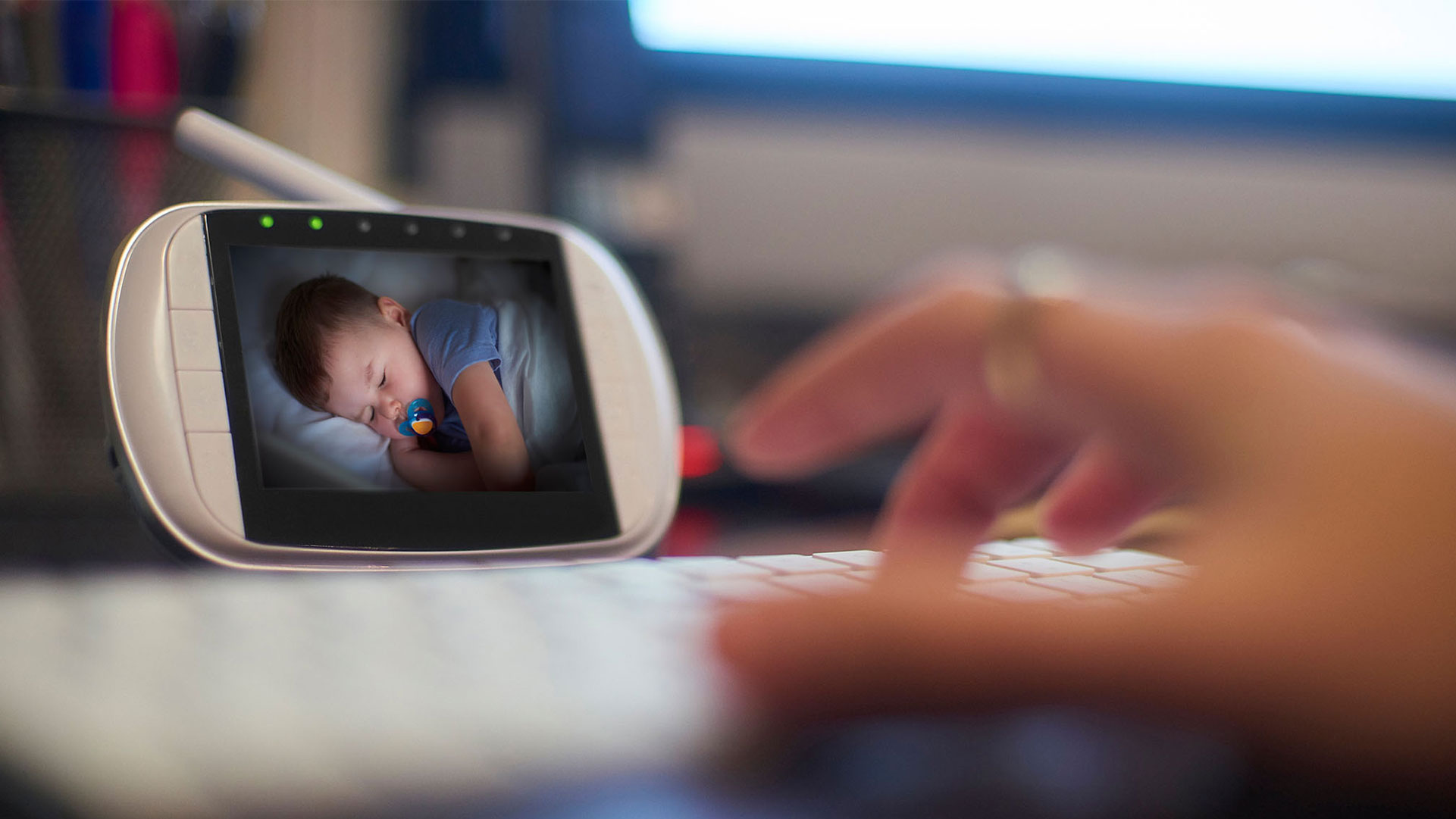
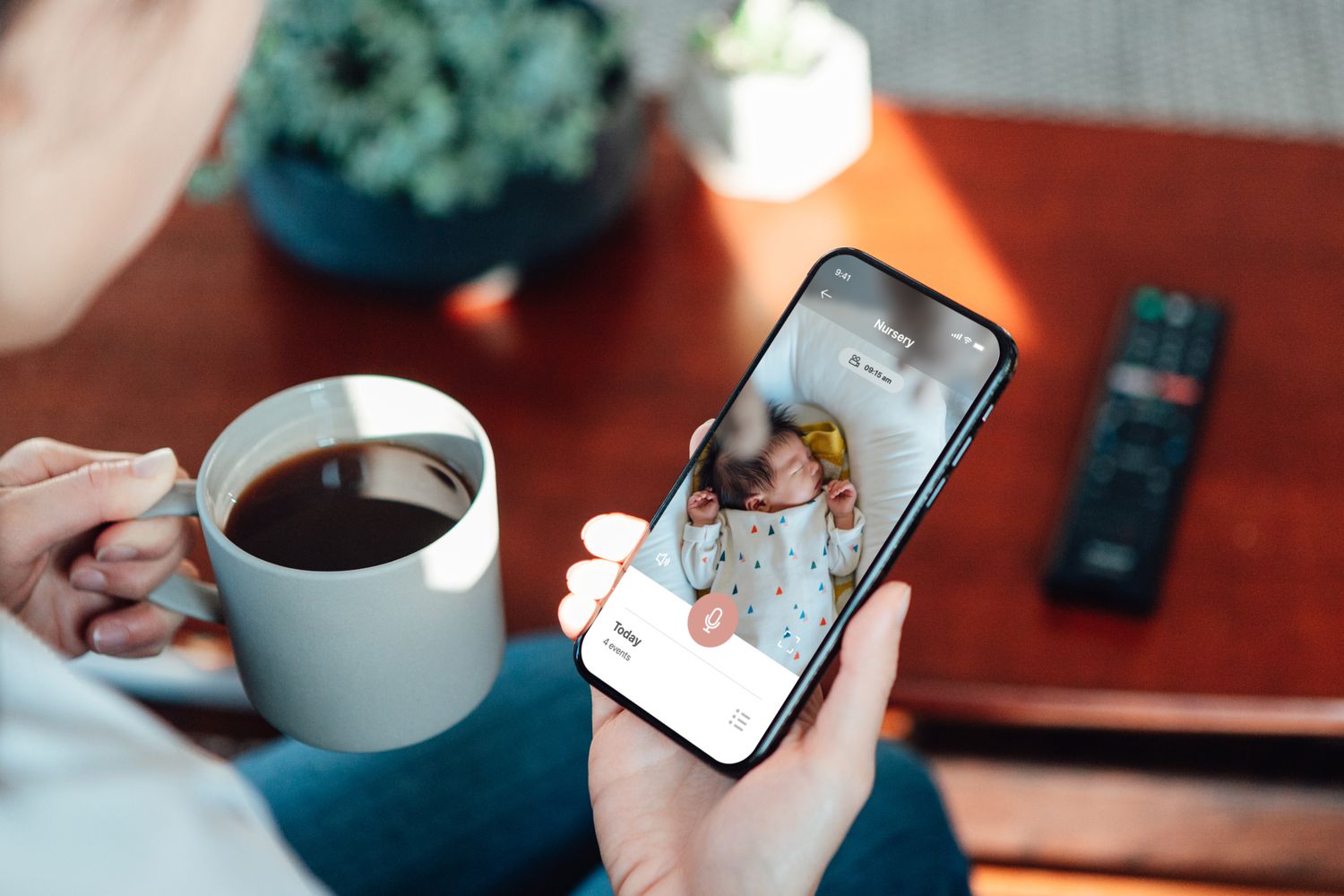

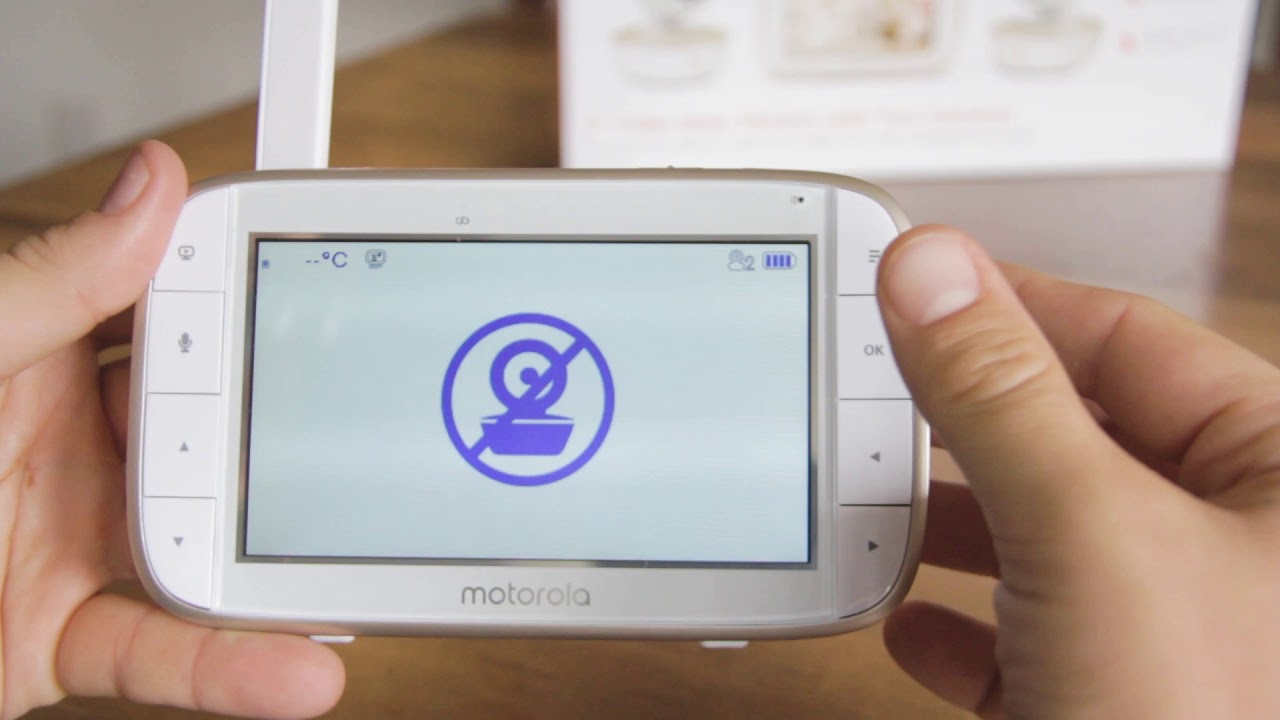
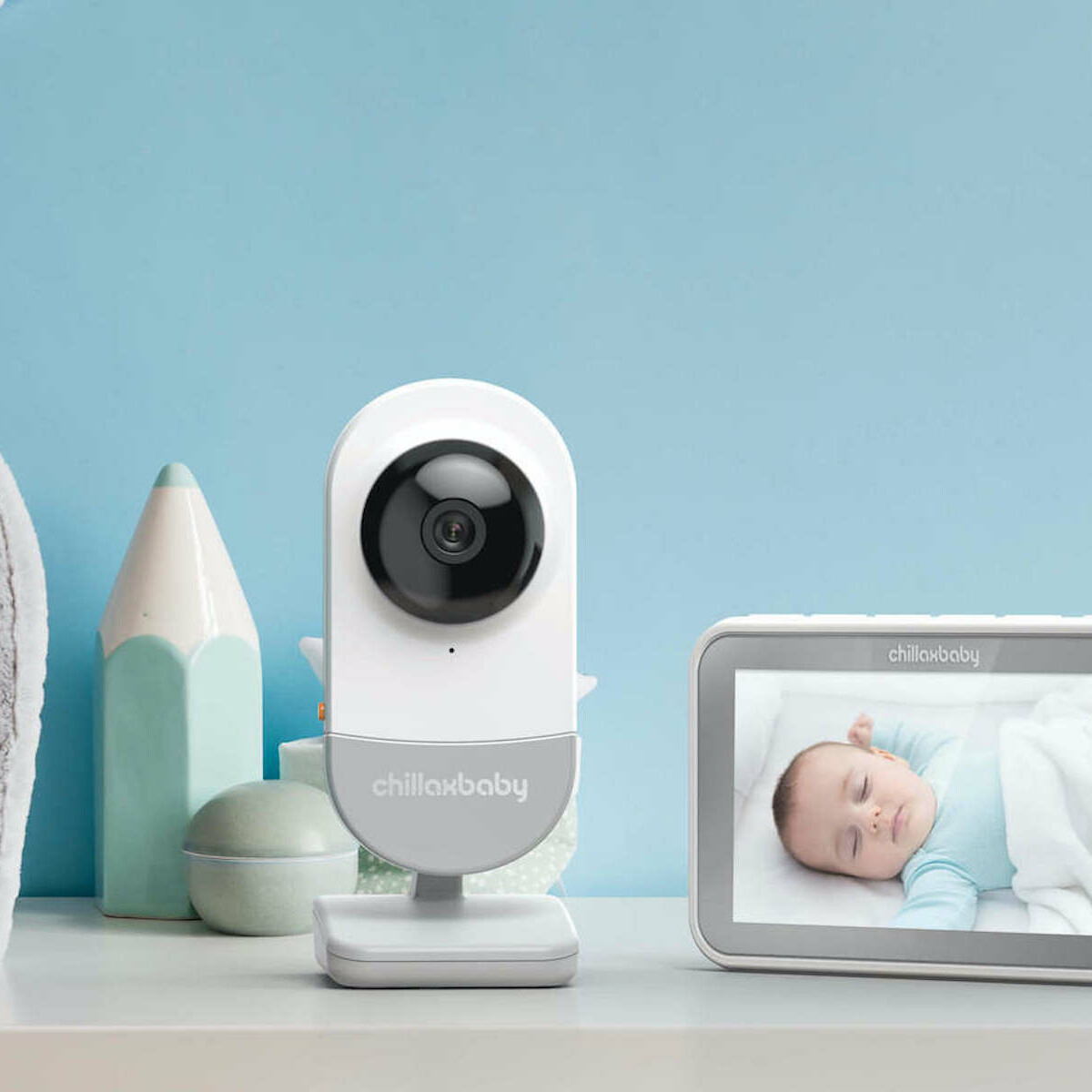
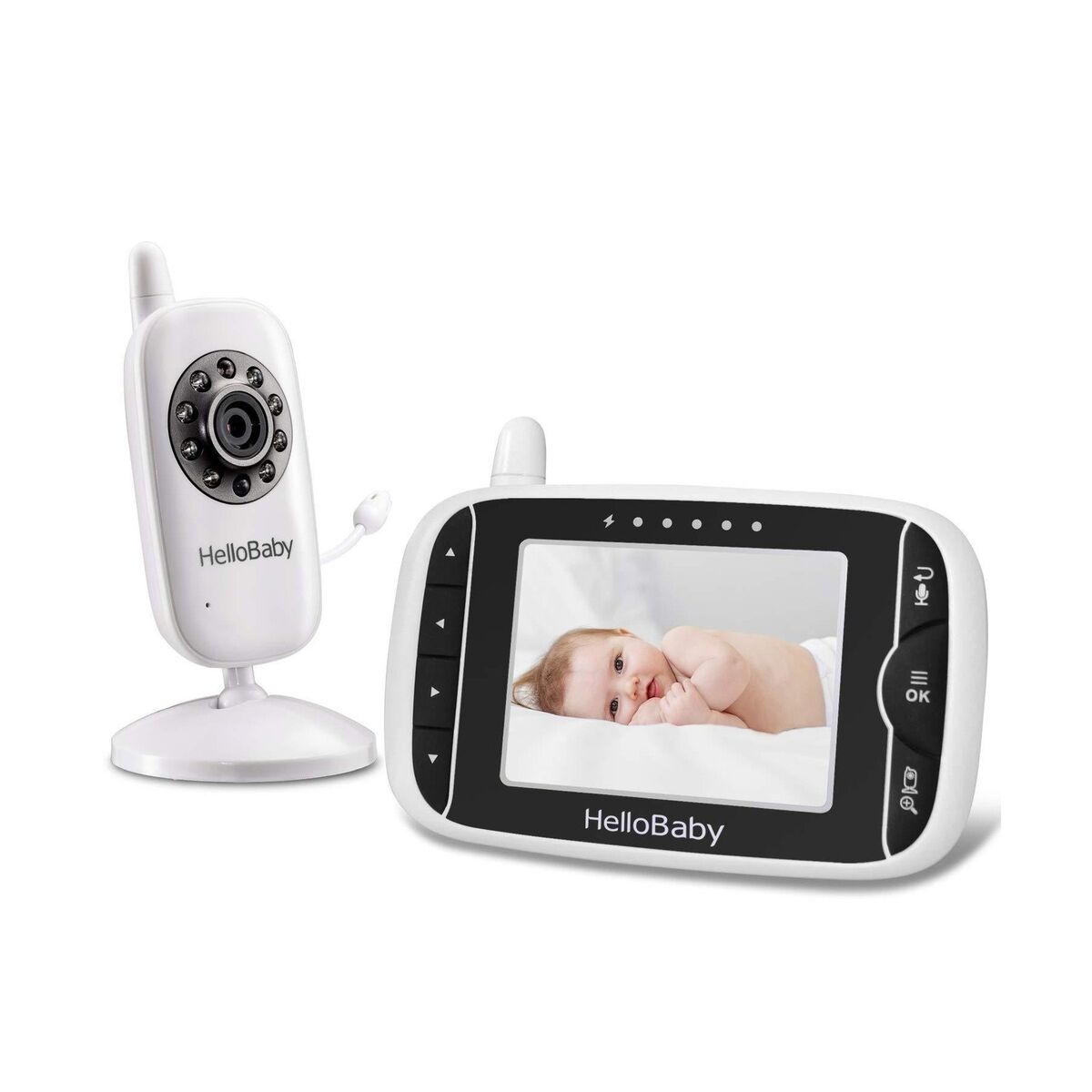
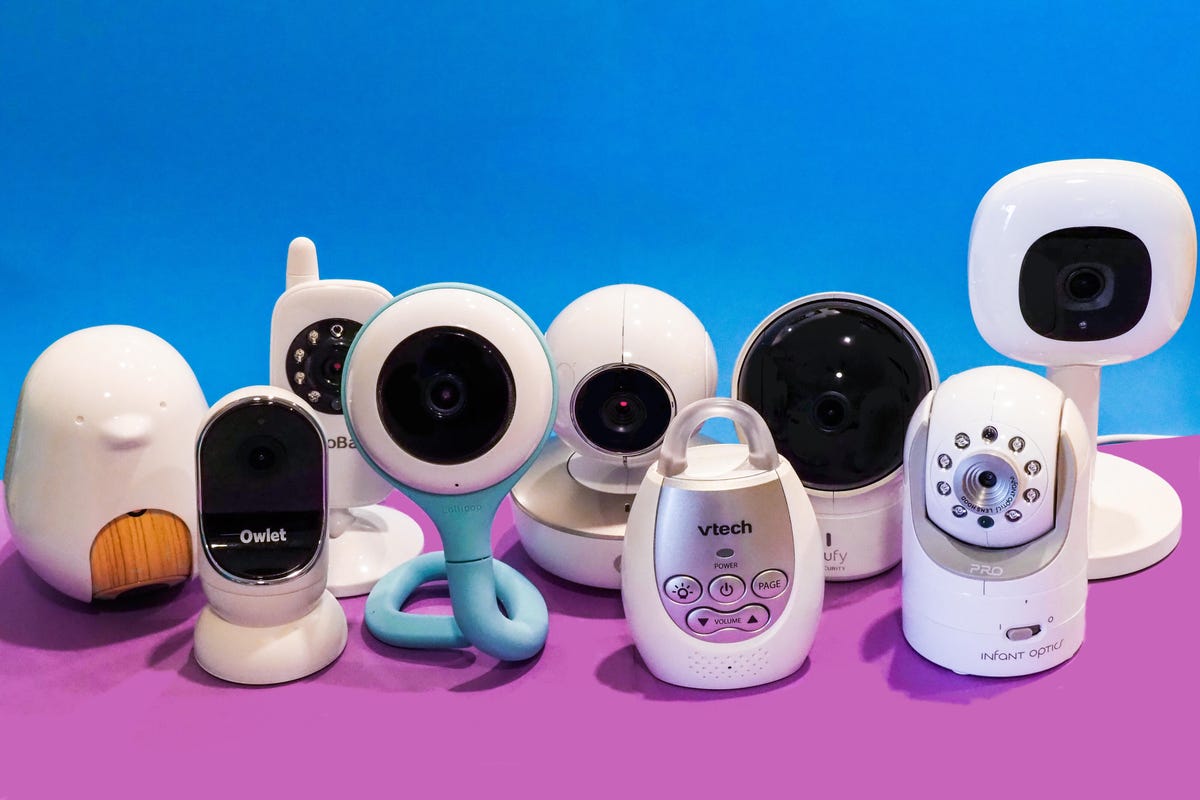
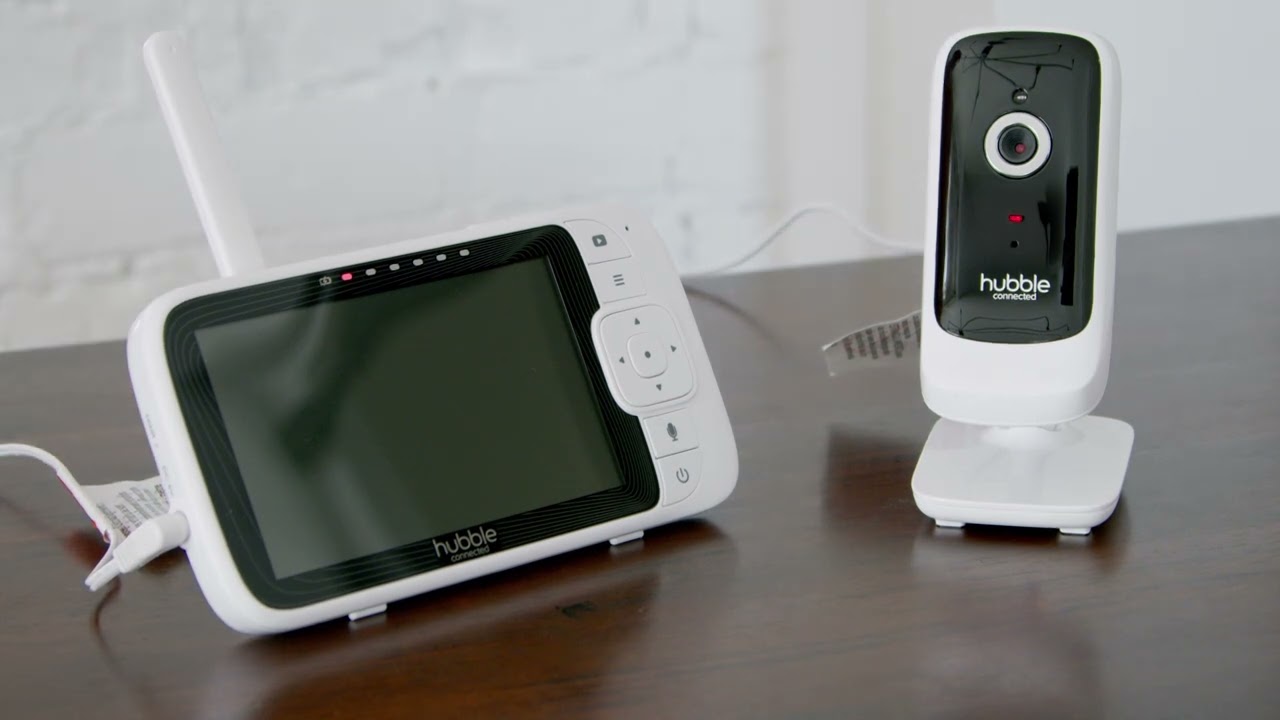

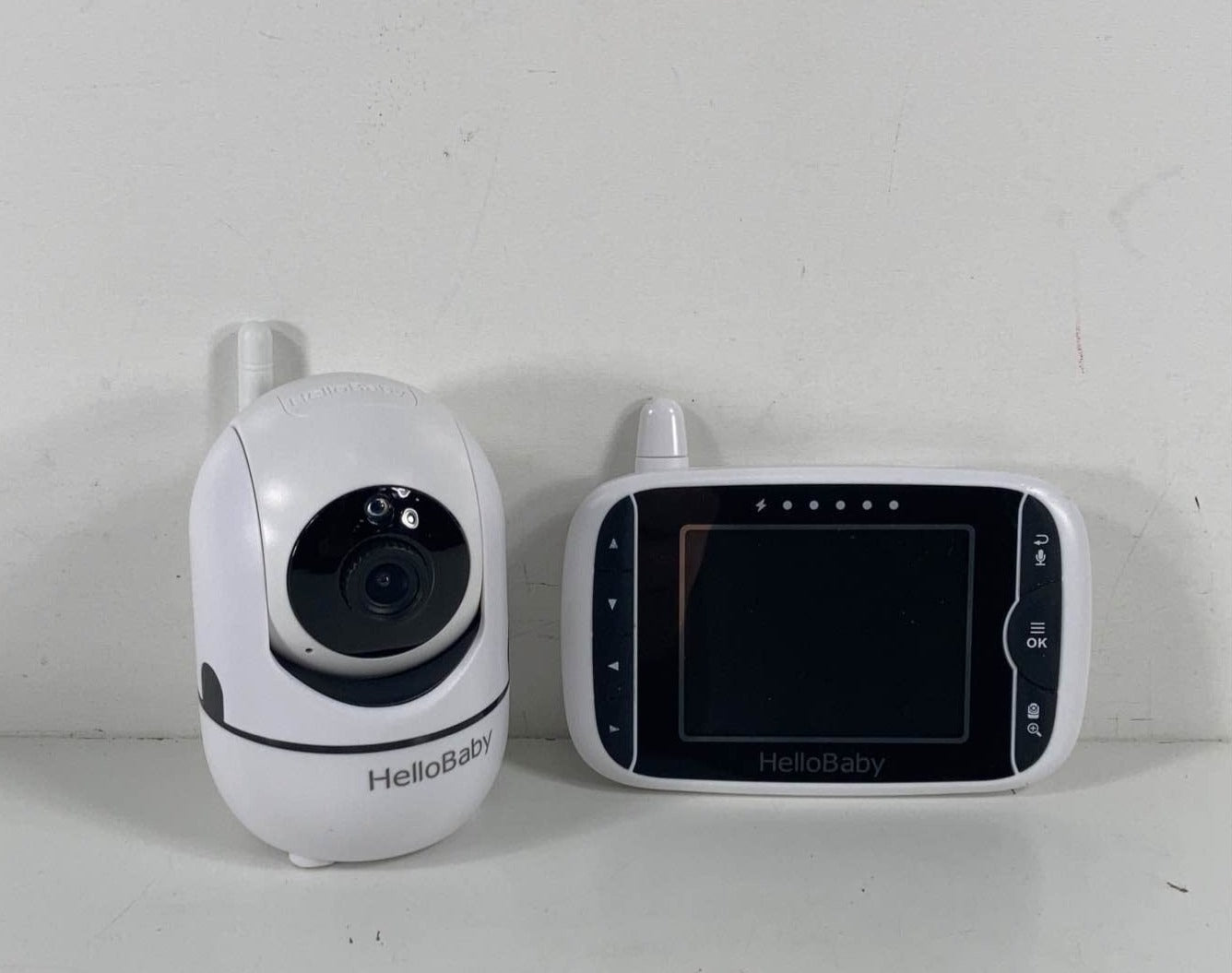

0 thoughts on “How To Read A Baby Monitor In The Hospital”